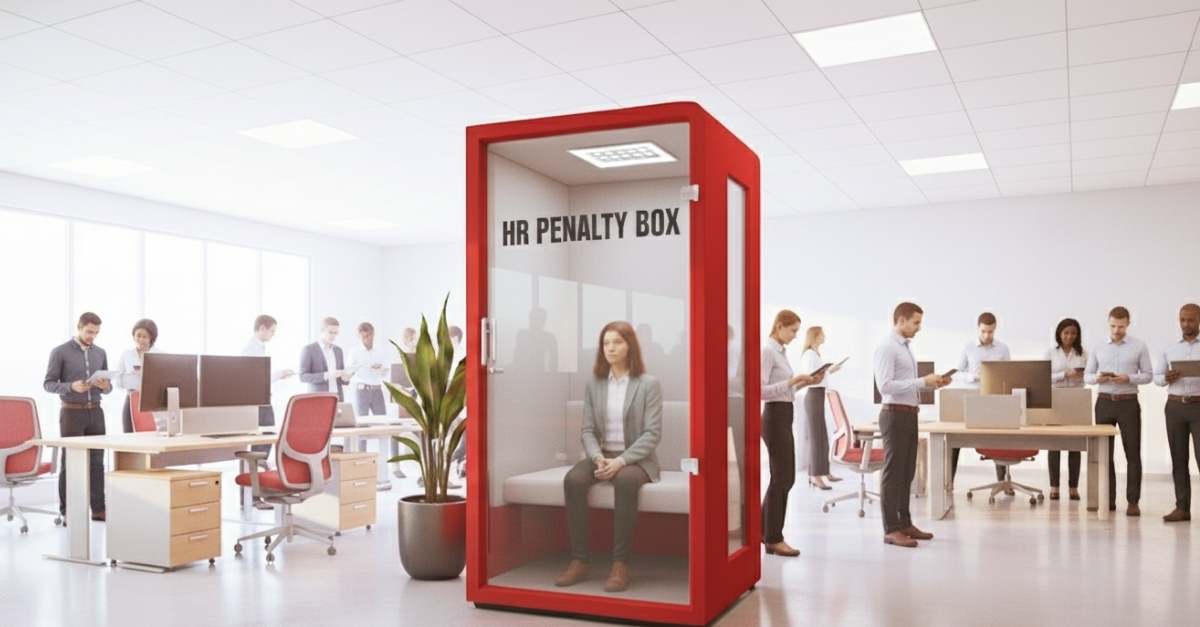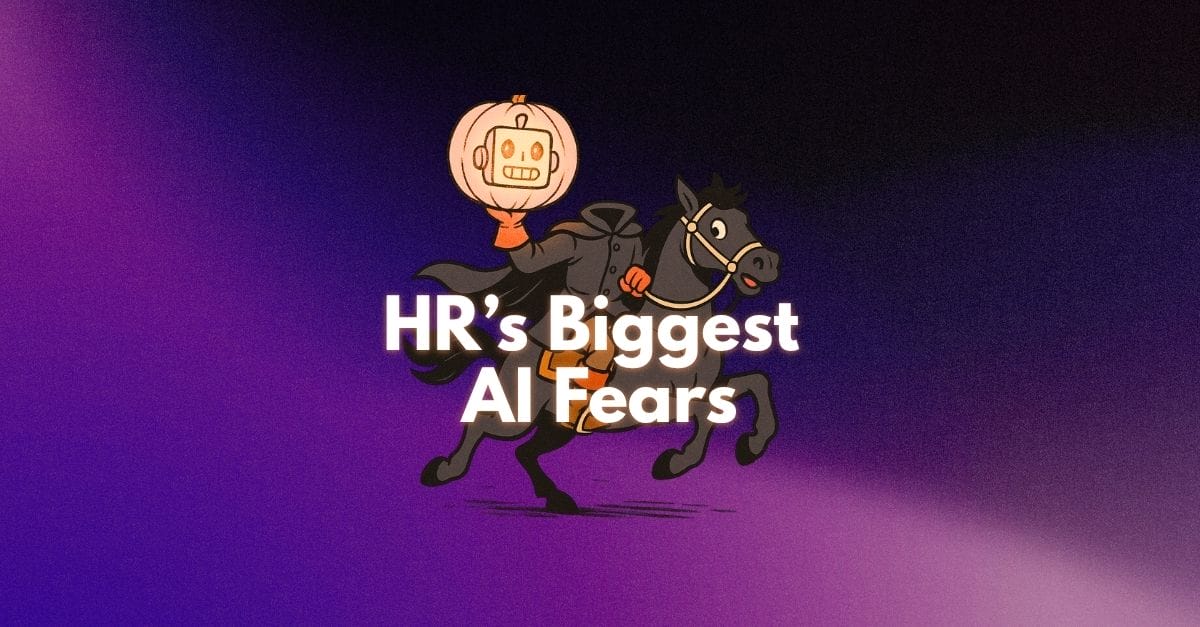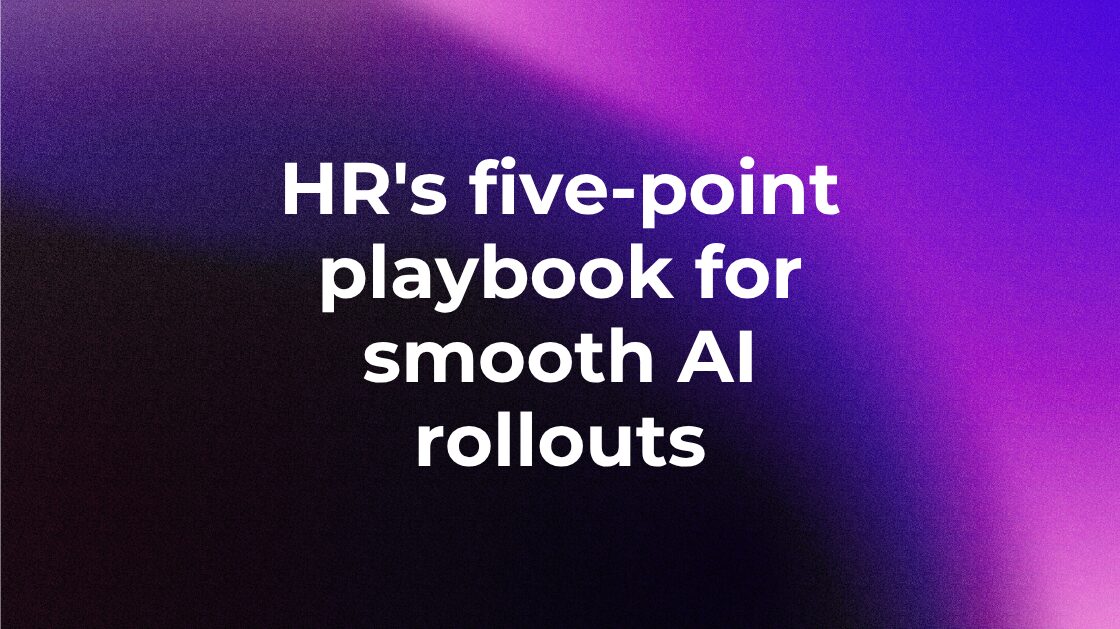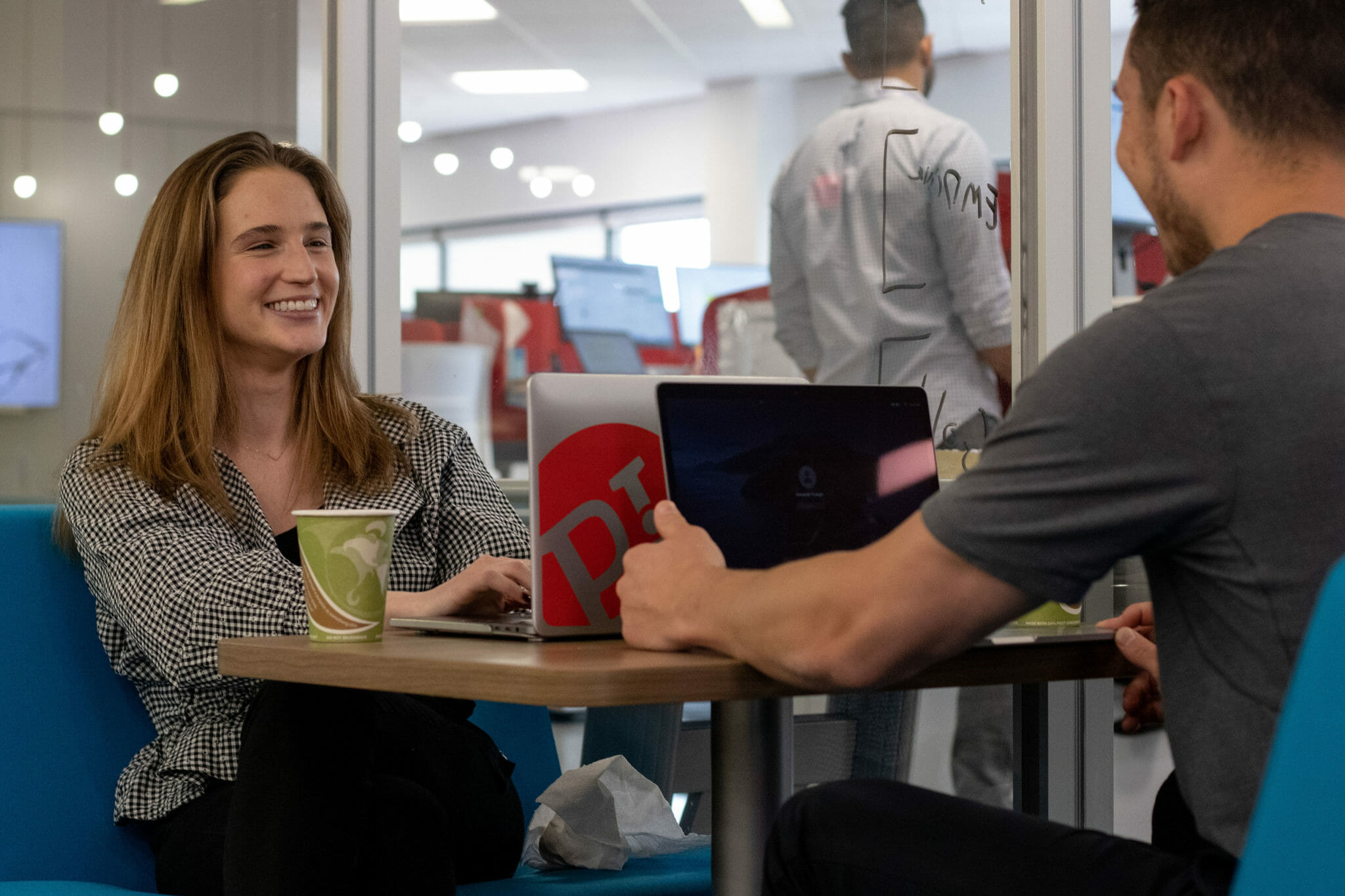My name is Courtney, and I’m a Collaborator. My behavioral pattern and strongest natural drives serve me well in my communications role. Collaborators are approachable, outgoing, and great at assisting colleagues. We don’t impose our will on anyone – we’re more likely to support initiatives that are already in motion, or jump in to assist with team-building and culture-driving efforts.
Of course, no two Collaborators are exactly the same. Every behavioral pattern is unique, and just because two people share the same Reference Profile, that doesn’t mean they’ll show up the same way in the workplace. People are nuanced, and it’s important to separate workplace perceptions (core traits and drives) from reality, which is often dictated by team dynamics and the needs of specific projects.

Optimize the entire talent journey.
Talent Optimization Essentials is the all-in-one, science-backed solution to hire, develop, and retain top talent.
That said, let’s dive into the basics of the Collaborator profile.
My behavioral pattern
The PI Behavioral Assessment™ reveals where you fall on the spectrum of four factors:
1. Dominance: Dominance is the drive to exert one’s influence on people or events.
2. Extraversion: Extraversion is the drive for social interaction with other people.
3. Patience: Patience is the drive for consistency and stability.
4. Formality: Formality is the drive to conform to rules and structure.
Here’s a snapshot of an average Collaborator behavioral profile:

Collaborator perceptions versus reality
A Collaborator is a friendly, understanding, willing, and patient team player, who values input from others in the decision-making process. Overall, I feel my Reference Profile is an accurate representation of my natural drives and behaviors in the workplace.
However, as with all profiles, some Collaborator attributes are nuanced. Those attributes may manifest differently at work, depending on what the situation calls for, as well as the other colleagues involved and their complementary behaviors. For example:
- The first (or second) to volunteer to help teammates meet deadlines
- Actively chatting through decisions without dominating the conversation
- Your favorite over-sharer
- Takes time to listen whether you’re struggling professionally or personally
- The most emotionally intelligent person in the room.
- Offers the most thoughtful feedback
- Gives others space to express each and every idea fully, even if it takes more time.
- Handles last-minute changes to that email you requested without visible frustration
- Doesn’t mind if you eat or joke (in the right context) in meetings as long as it keeps things real or breaks the ice
- Takes a “let’s try it and see” approach to new ideas and projects
Collaborator coming through!
Collaborators are open and approachable in the workplace. Co-workers might open up to me or throw problems my way to see if I can come up with a solution. It’s not uncommon for people to bounce ideas off me when they’re trying to think things through. Collaborators are also understanding, which allows us to swallow our pride more easily than others in order to support and find solutions that work for everyone.

Collaborators want to contribute to the team’s success. If a co-worker requests something of me, they can be sure I’m on it. People know they look to me for anything—whether it’s comms-related or otherwise. No matter, what the problem is, I’m happy to help resolve it.
“Collaborators look for managers to give them the freedom to express themselves and be creative.”
How to work with (and manage) Collaborators
I like to be managed with respect and with trust that I will complete tasks given to me. I appreciate when my manager gives me clear direction on what they want me to do.
When working with me, it’s important to create a stable work environment; Collaborators like stability, and generally avoid risky situations. Although I love finding ways to improve, I prefer to have less change going on in my environment. I’m fine with having varied work and changing priorities, but moving my desk around or frequently changing my team members would leave me feeling unsettled, so give me time to accept change.
Collaborators like to keep it friendly. We are open people who love working with others, and we will avoid situations that involve any sort of competitive pressure.
Understanding that Patience is my strongest drive has helped me accept change better. It’s helped me understand why I sometimes feel more strongly about change than others. I’ve learned what skills are my strongest, and which I need to work on. When certain decisions make me feel uneasy, I remember my drives and it helps me find peace with the uncertainty.








